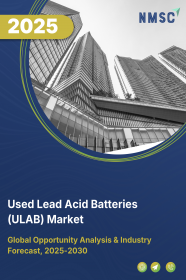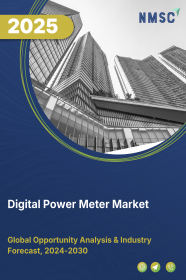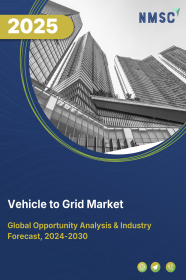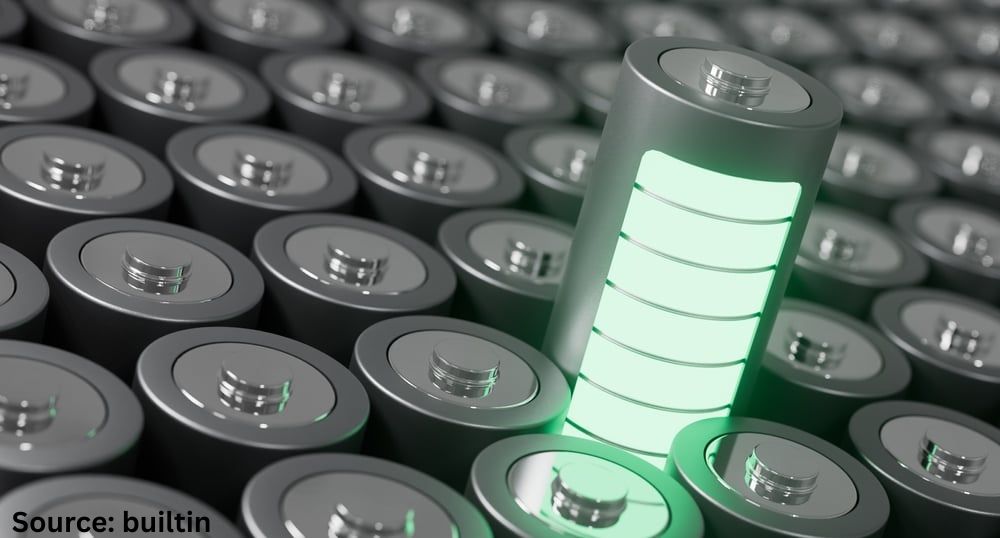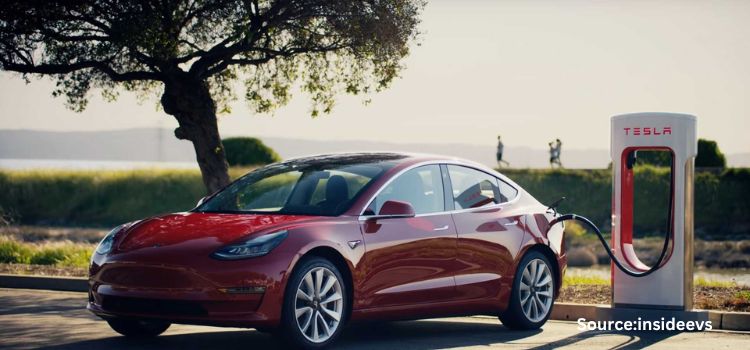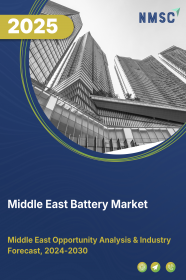
Middle East Battery Market by Type (Stationary, and Motive), by Battery Type (Primary Batteries (Non-rechargeable), and Secondary Batteries (Rechargeable)), by Voltage Type (Low Voltage Batteries (1V - 12V), and others), by Power Capacity (Low Capacity Batteries (Up to 1,000 mAh), and others), by Self-Discharge Rate (Low Self-Discharge Rate Batteries, and others), and by Application (Residential, and Industrial) – Opportunity Analysis and Industry Forecast 2023-2030
Industry: Energy & Power | Publish Date: 03-May-2025 | No of Pages: 229 | No. of Tables: 169 | No. of Figures: 114 | Format: PDF | Report Code : EP717
US Tariff Impact on Middle East Battery Market
Trump Tariffs Are Reshaping Global Business
Market Definition
Middle East Battery Market was valued at USD 8.03 billion in 2022, and is predicted to reach USD 26.47 billion by 2030, with a CAGR of 16.09% from 2023 to 2030.
A battery operates as a mechanism that stores energy and later releases it by transforming chemical energy into electrical energy. Typically, batteries produce electricity by harnessing one or more electrochemical cells. Batteries can be categorized into two distinct types are primary batteries and secondary batteries.
Primary batteries, also known as non-rechargeable batteries, offer a straightforward and convenient energy supply for various portable electronic and electrical devices, including cameras, watches, toys, lights, radios, and more. In contrast, secondary batteries, often referred to as rechargeable batteries, possess the capability to be recharged electrically once they've been depleted. These energy storage solutions have evolved into indispensable sources of power in our daily routines.
The progress of cutting-edge technologies, encompassing smartphones, tablets, laptops, solar energy systems, and electric vehicles (EVs), has ushered in the era of robust batteries capable of prolonged endurance and providing essential energy requirements.
Global Battery Material Suppliers' Strategic Expansions Propel Saudi Arabian Battery Market
Middle East comprises Saudi Arabia, UAE, and Jordan. In Saudi Arabia, the presence of global battery material suppliers that are engaged in various strategies, such as business expansion, drives the market. For instance, in October 2021, EV Metal Group announced its plan to build USD 3 billion plants over the next 9 years, initially to process minerals such as lithium and nickel, in Saudi Arabia. The investment plans would later be expanded to explore battery metals in Saudi Arabia.
Robust Construction and Building Sector Drives Battery Market Growth in the UAE
The construction and building sector remain one of the fastest-growing sectors in the Middle East region due to the growing population. Therefore, the growth of the battery market in the Middle East region is being propelled by the construction and building sector, increasing population, industrialization, and construction activities, which are expected to be higher in the country, giving ample support to supplement the demand for batteries for activities including backup, lighting, and power tools in UAE.
Concerns Regarding Battery Safety in Middle East
Improper battery management presents significant risks to both human health and the environment. An ongoing issue involves the incorrect disposal of used batteries, leading to their buildup in landfills. Over time, these batteries break down, releasing harmful substances that seep into the soil and adversely affect surface water and groundwater, disrupting aquatic ecosystems. Elements like mercury, cadmium, lithium, and lead found in these batteries exacerbate this ecological imbalance, underscoring the urgency for proper battery disposal practices. Consequently, these concerns are anticipated to impede the progression of the battery market.
Introduction of Nano-Diamond Batteries (NDB) in Multiple Industries
The growing adoption of Nuclear Diamond Batteries (NDBs) across various sectors including automotive, aerospace, and electronics is positioned to create fresh avenues in Middle East's battery market. NDBs represent a groundbreaking leap in energy generation and storage, fundamentally reshaping conventional battery concepts. These batteries showcase remarkable endurance by harnessing the energy derived from the radioactive decay of nuclear waste. The trajectory of Middle East's battery market is being shaped by the compelling attributes of NDBs, which encompass their compact form, adaptability, cost-efficiency, and scalability across a wide array of applications, ranging from compact chipsets to expansive industrial setups. Functioning as advanced diamond-based alpha, beta, and neutron voltaic batteries, NDBs offer a consistent source of clean energy for a diverse spectrum of applications, surpassing the performance of traditional chemical batteries.
Competitive Landscape
The Middle East battery industry includes several market players such as Toshiba Corporation, Panasonic Corporation, Exide Industries Ltd., NXP Semiconductors N.V., Middle East Battery Company, Whitewall Solutions S.L., Gulf Batteries Company Limited, Reem Batteries & Power Appliances Co, FIAMM ENERGY TECHNOLOGY S.P.A., CENS Nano, C&D Technologies Inc., East Penn Manufacturing, Lento, Eram Power Electronics Company, Tasnee.
Middle East Battery Market Key Segments
By Type
-
Stationary
-
Motive
By Battery Type
-
Primary Batteries (Non-rechargeable)
-
Alkaline Batteries
-
Zinc-Carbon Batteries
-
Lithium-Thionyl Chloride Batteries
-
-
Secondary Batteries (Rechargeable)
-
Lead-Acid Batteries
-
Nickel-Cadmium (NiCd) Batteries
-
Nickel-Metal Hydride (NiMH) Batteries
-
Lithium-ion Batteries
-
Lithium Nickel Manganese Cobalt (LI-NMC)
-
Lithium Iron Phosphate (LFP)
-
Lithium Cobalt Oxide (LCO)
-
Lithium Titanate Oxide (LTO)
-
Lithium Manganese Oxide (LMO)
-
Lithium Nickel Cobalt Aluminum Oxide (NCA)
-
-
Other Secondary Batteries
-
By Voltage Type
-
Low Voltage Batteries (1V - 12V)
-
Medium Voltage Batteries (24V - 100V)
-
High Voltage Batteries (200V - 1000V)
By Power Capacity
-
Low Capacity Batteries (Up to 1,000 mAh)
-
Medium Capacity Batteries (1,000 mAh to 10,000 mAh)
-
High Capacity Batteries (10,000 mAh to 100,000 mAh)
-
Ultra High Capacity Batteries (More than 100,000 mAh)
By Self-Discharge Rate
-
Low Self-Discharge Rate Batteries
-
Medium Self-Discharge Rate Batteries
-
High Self-Discharge Rate Batteries
By Application
-
Residential
-
Industrial
-
Automotive
-
ICE Engines
-
Passenger vehicles
-
Commercial vehicles
-
-
Electric vehicles
-
E-Bikes
-
E-Cars
-
E-Buses
-
E-Trucks
-
-
-
Medical
-
Telecom & IT
-
Consumer Electronics
-
Power & Utility
-
Aerospace & Defense
-
Marine
-
Other Industries
-
- Commercial
By Region
-
Middle East
-
Saudi Arabia
-
United Arab Emirates (UAE)
-
Israel
-
Qatar
-
Kuwait
-
Oman
-
Other Countries
-
Key Players
-
Toshiba Corporation
-
Panasonic Corporation
-
Exide Industries Ltd.
-
NXP Semiconductors N.V.
-
Middle East Battery Company
-
Whitewall Solutions S.L.
-
Gulf Batteries Company Limited
-
Reem Batteries & Power Appliances Co
-
FIAMM ENERGY TECHNOLOGY S.P.A.
-
CENS Nano
-
C&D Technologies Inc.
-
East Penn Manufacturing
-
Lento
-
Eram Power Electronics Company
-
Tasnee
REPORT SCOPE AND SEGMENTATION:
|
Parameters |
Details |
|
Market Size in 2022 |
USD 8.03 billion |
|
Revenue Forecast in 2030 |
USD 26.47 billion |
|
Growth Rate |
CAGR of 16.09% from 2023 to 2030 |
|
Analysis Period |
2022–2030 |
|
Base Year Considered |
2022 |
|
Forecast Period |
2023–2030 |
|
Market Size Estimation |
Billion (USD) |
|
Growth Factors |
The growing government incentives The adoption of hybrid vehicles |
|
Companies Profiled |
15 |
|
Market Share |
Available for 10 companies |
|
Customization Scope |
Free customization (equivalent up to 80 working hours of analysts) after purchase. Addition or alteration to country, regional, and segment scope. |
|
Pricing and Purchase Options |
Avail customized purchase options to meet your exact research needs. |







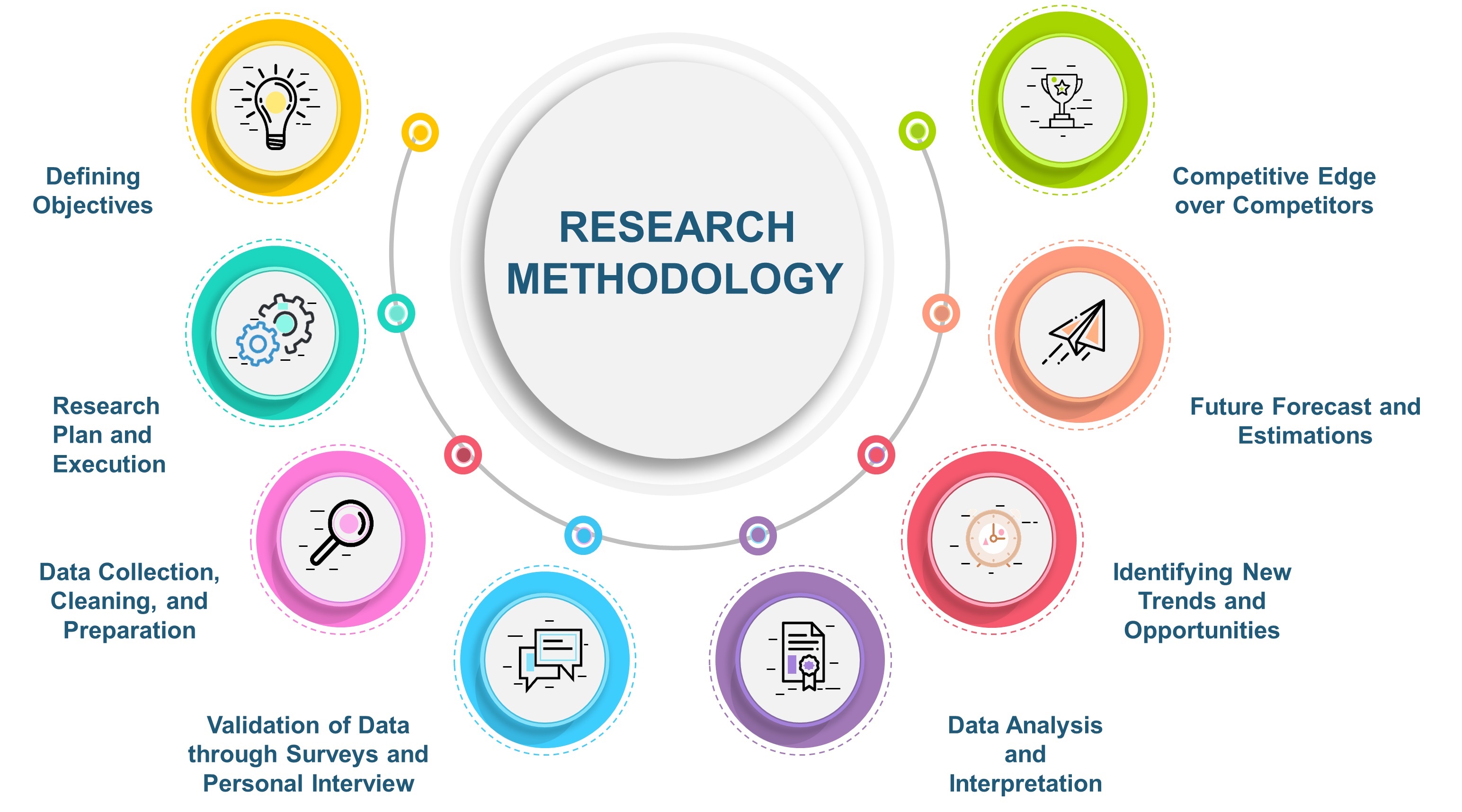
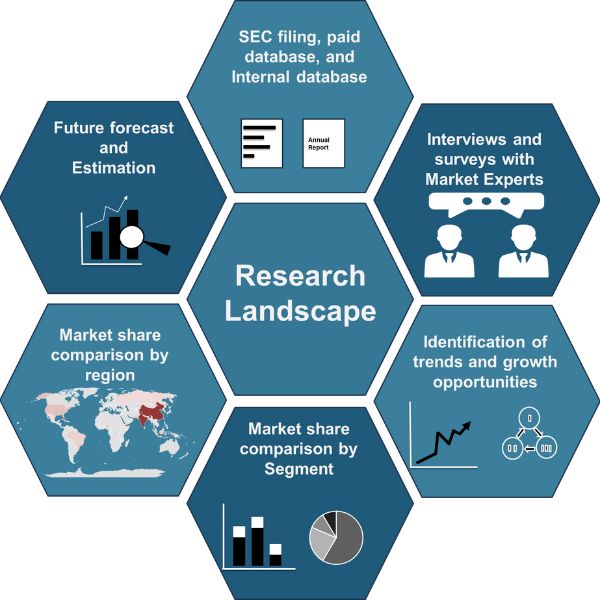
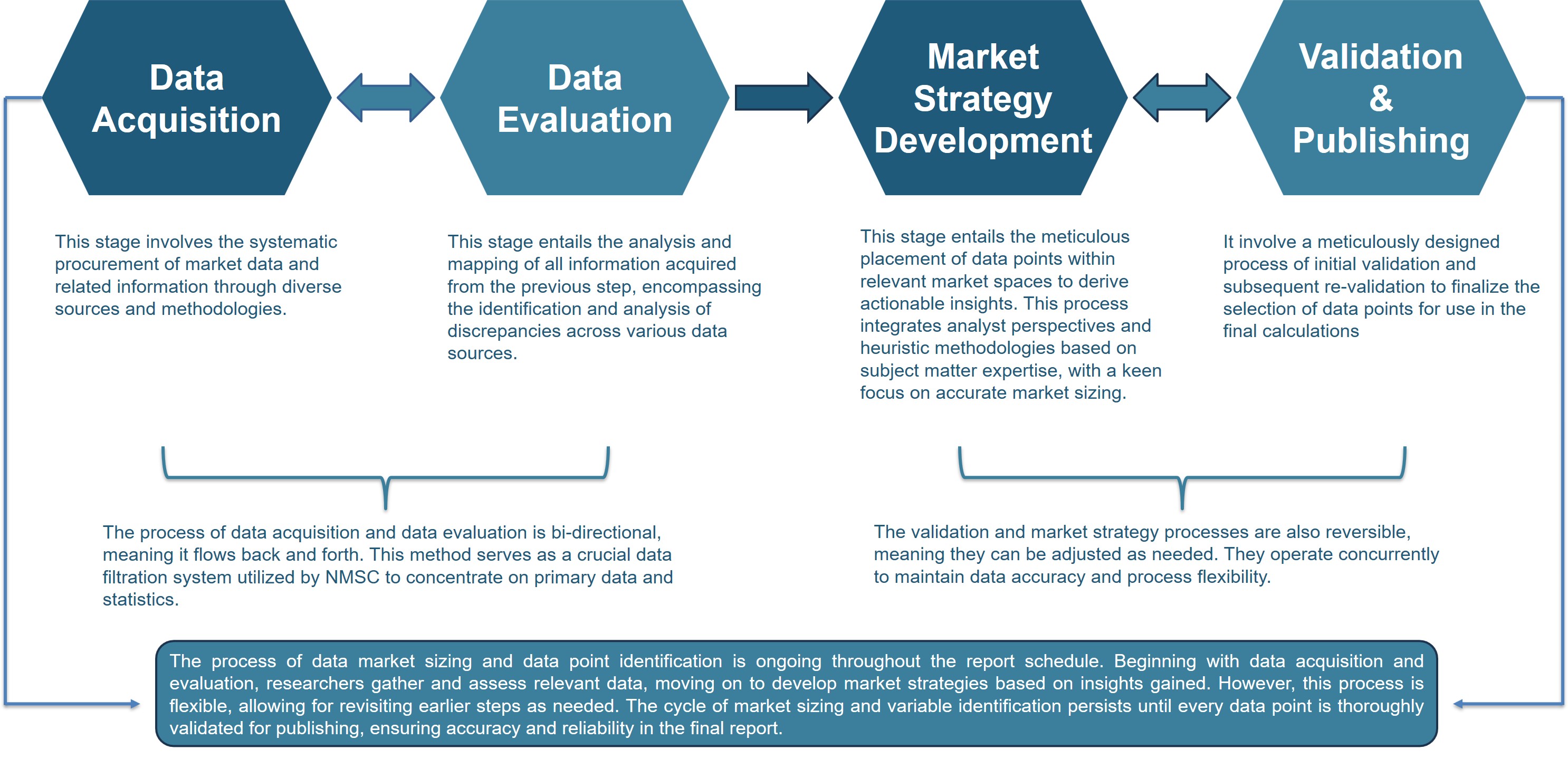
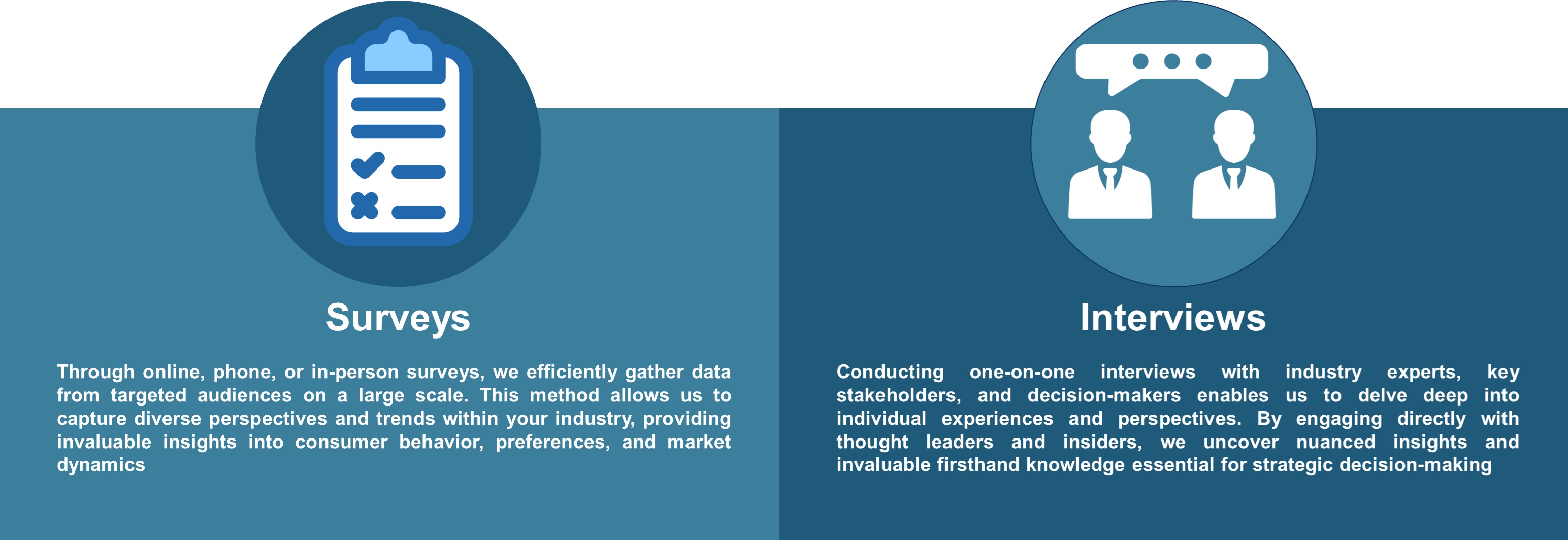


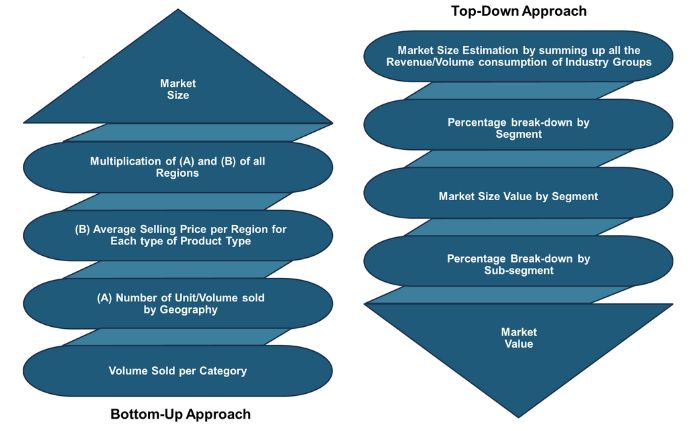
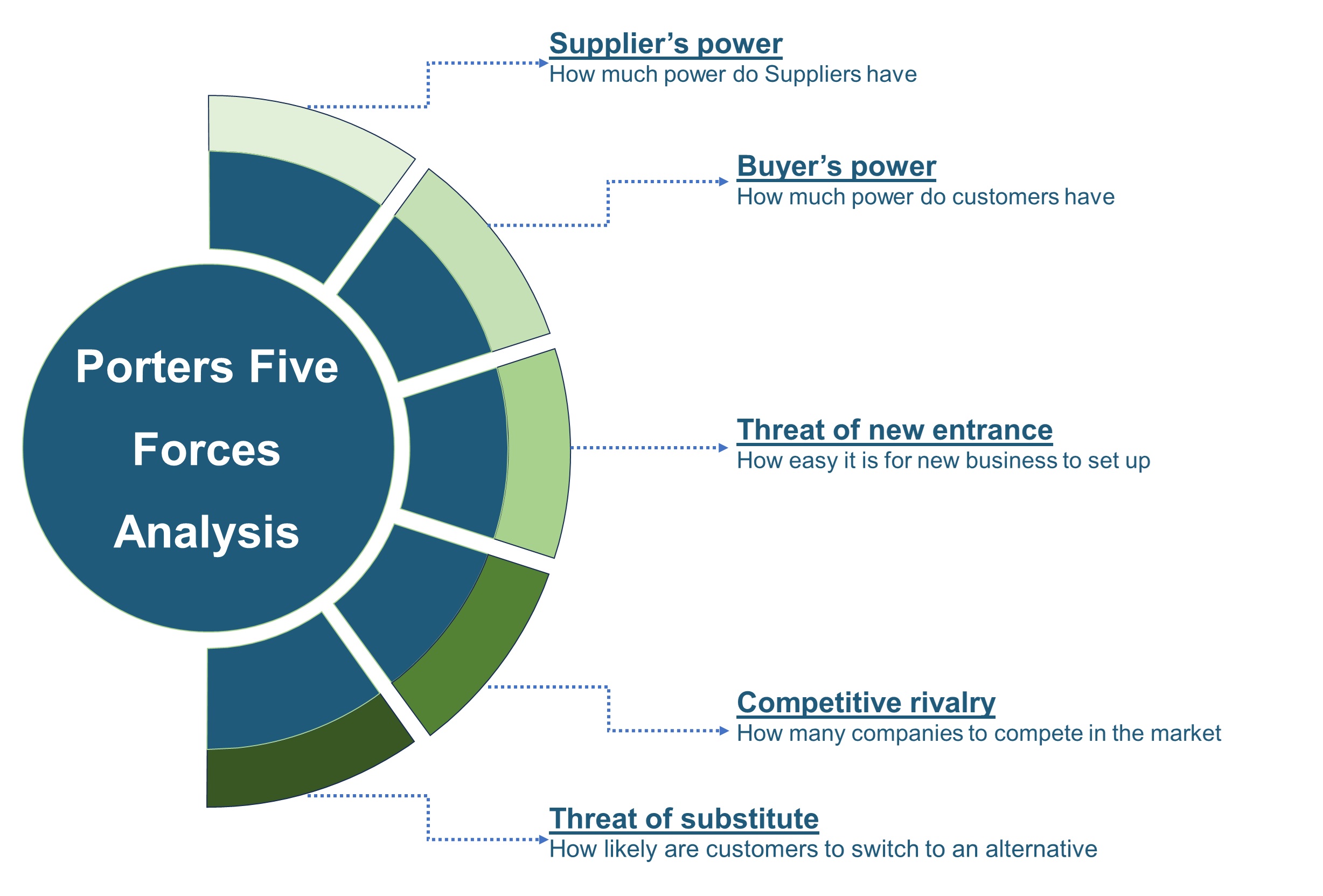


 Speak to Our Analyst
Speak to Our Analyst



